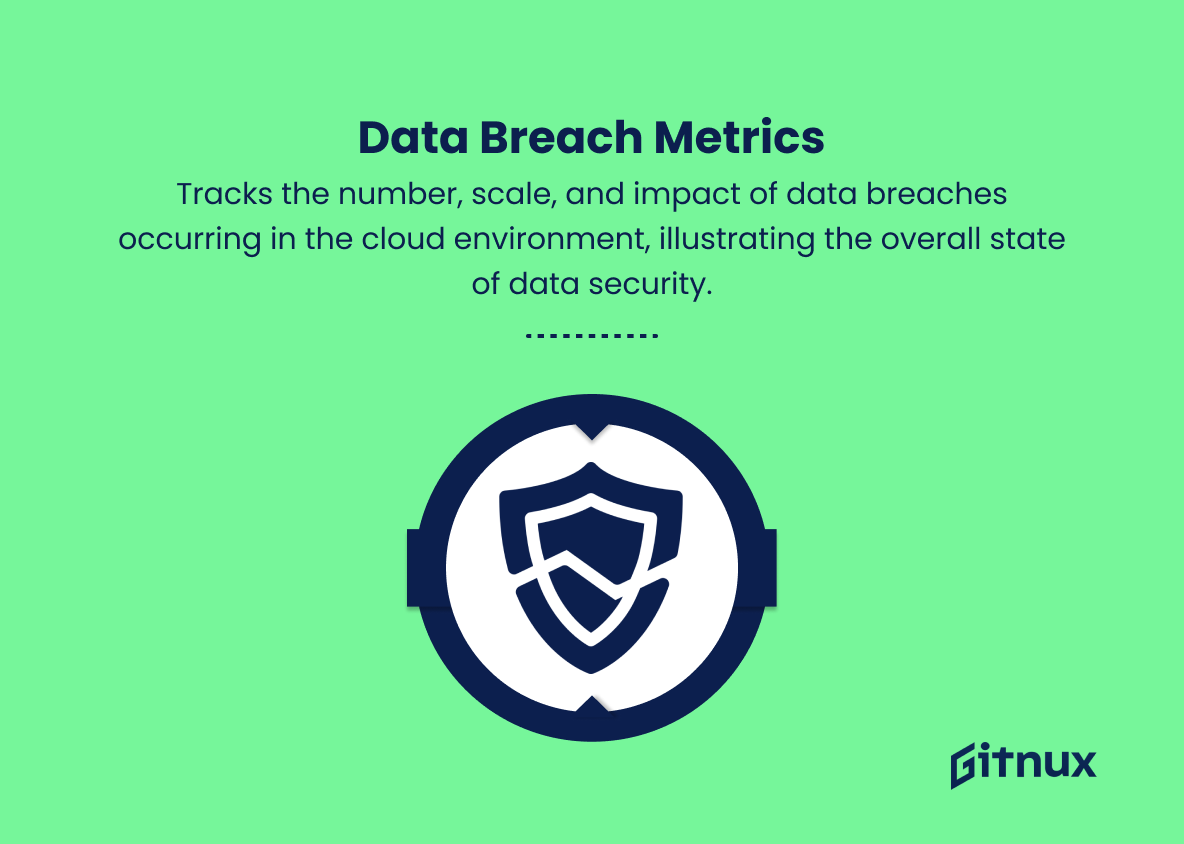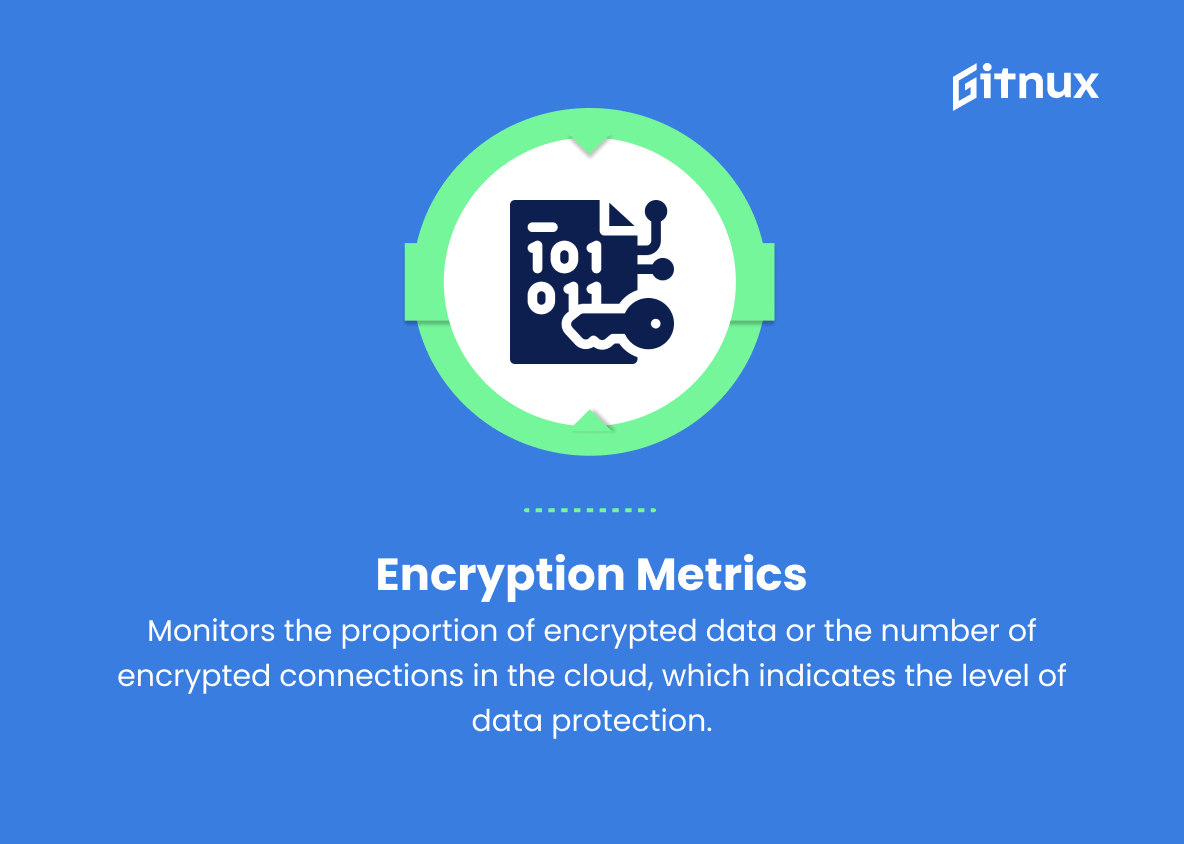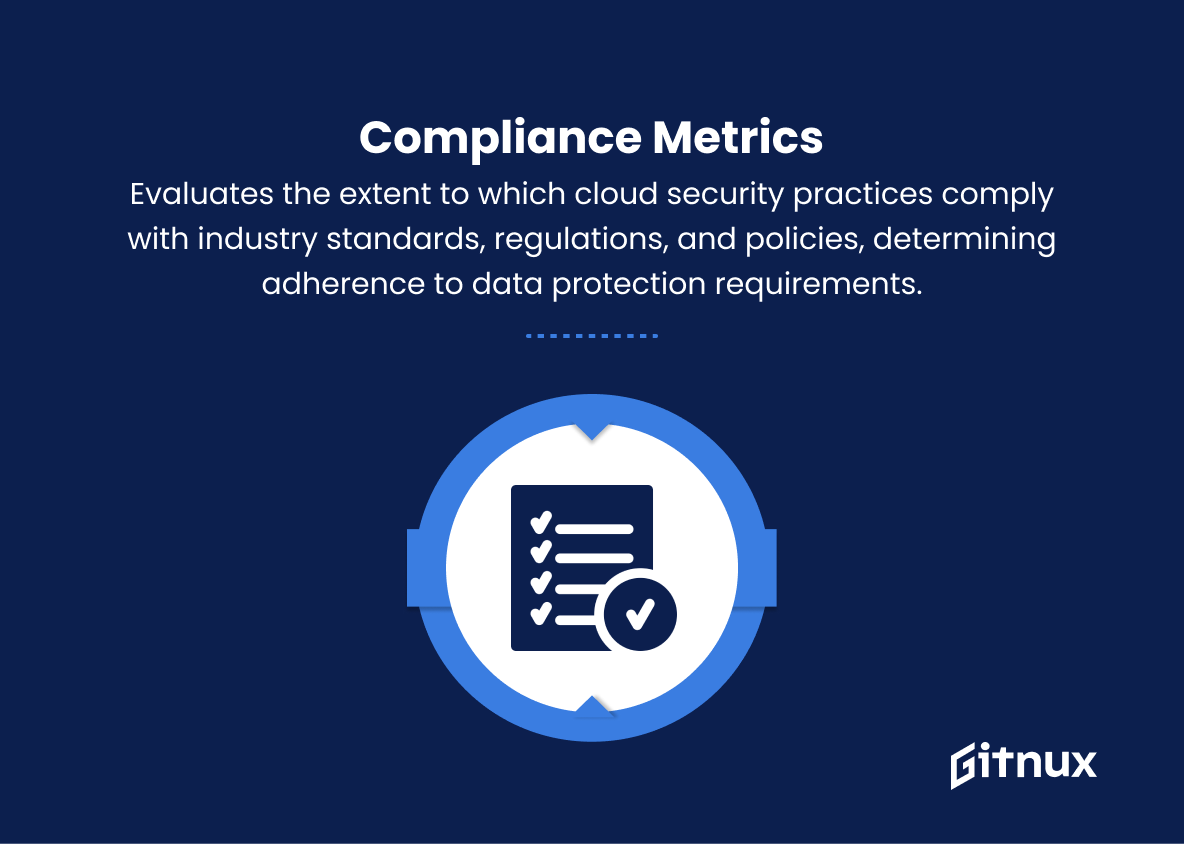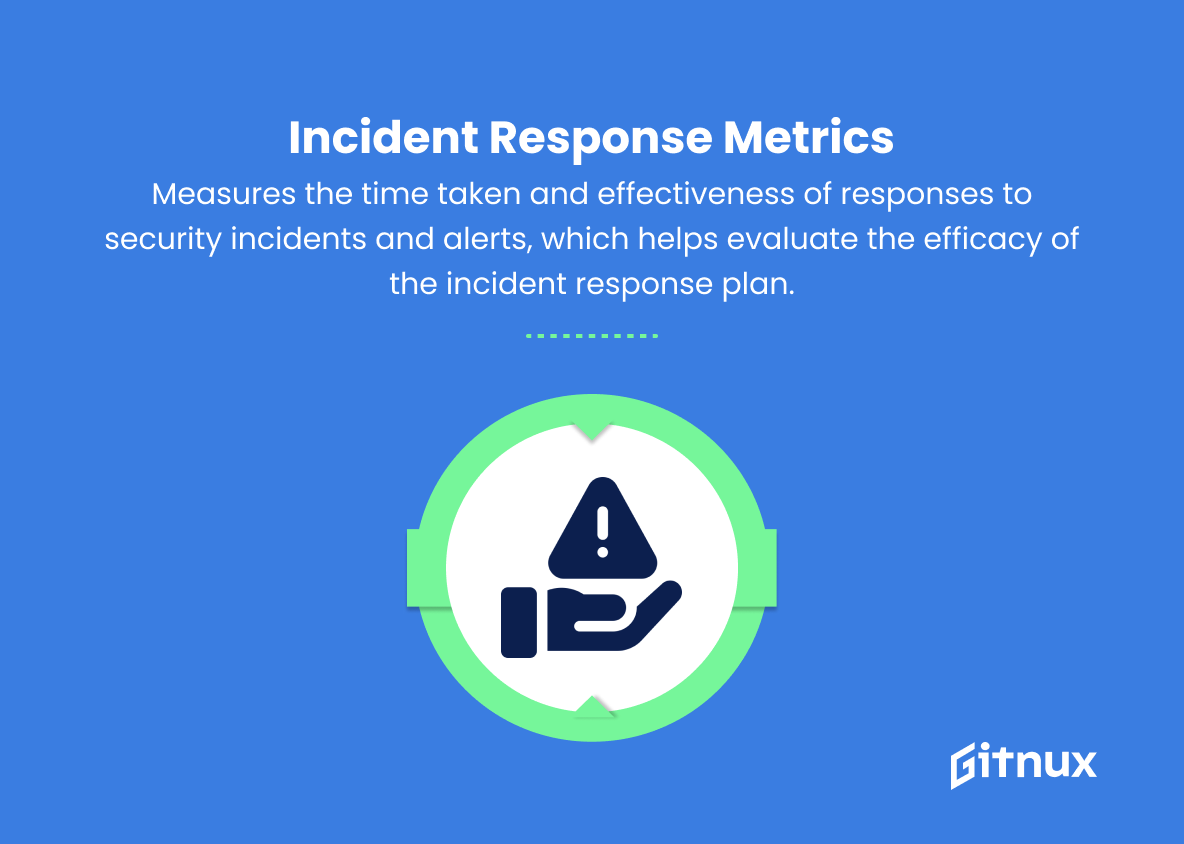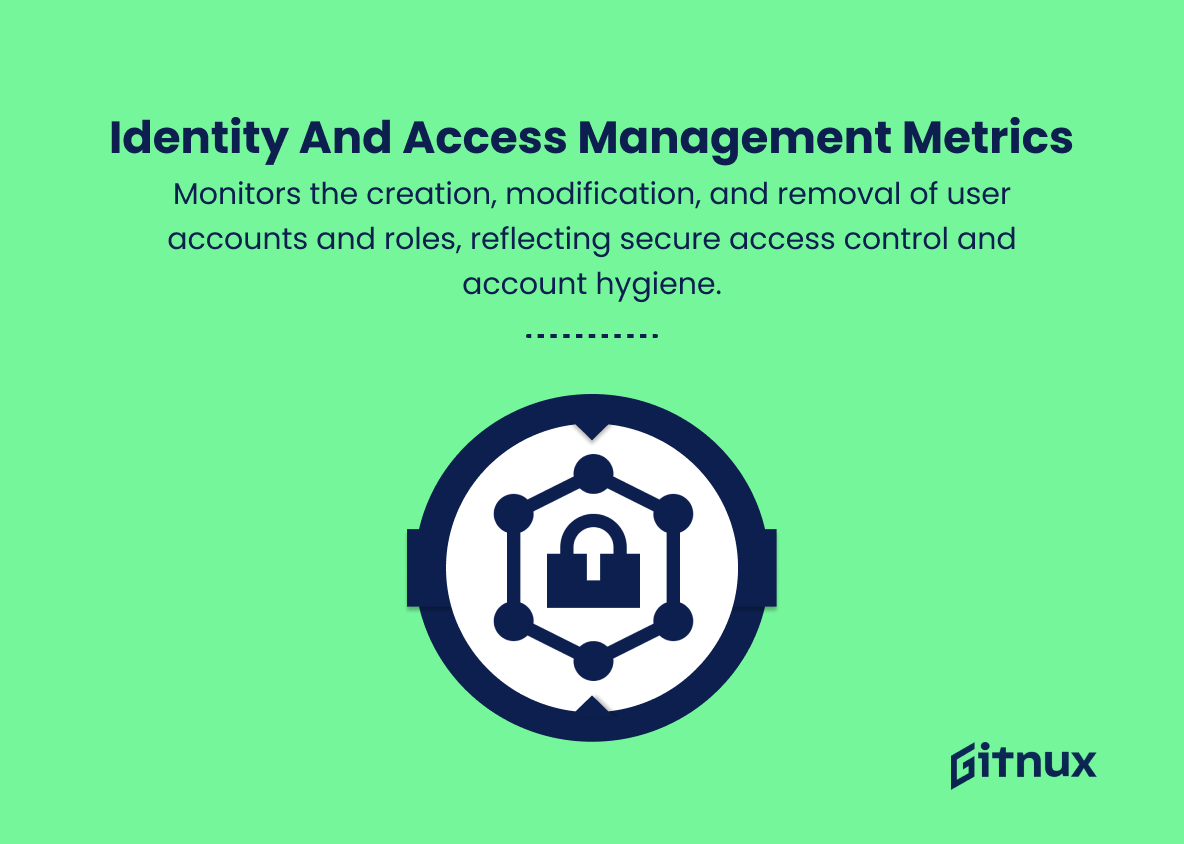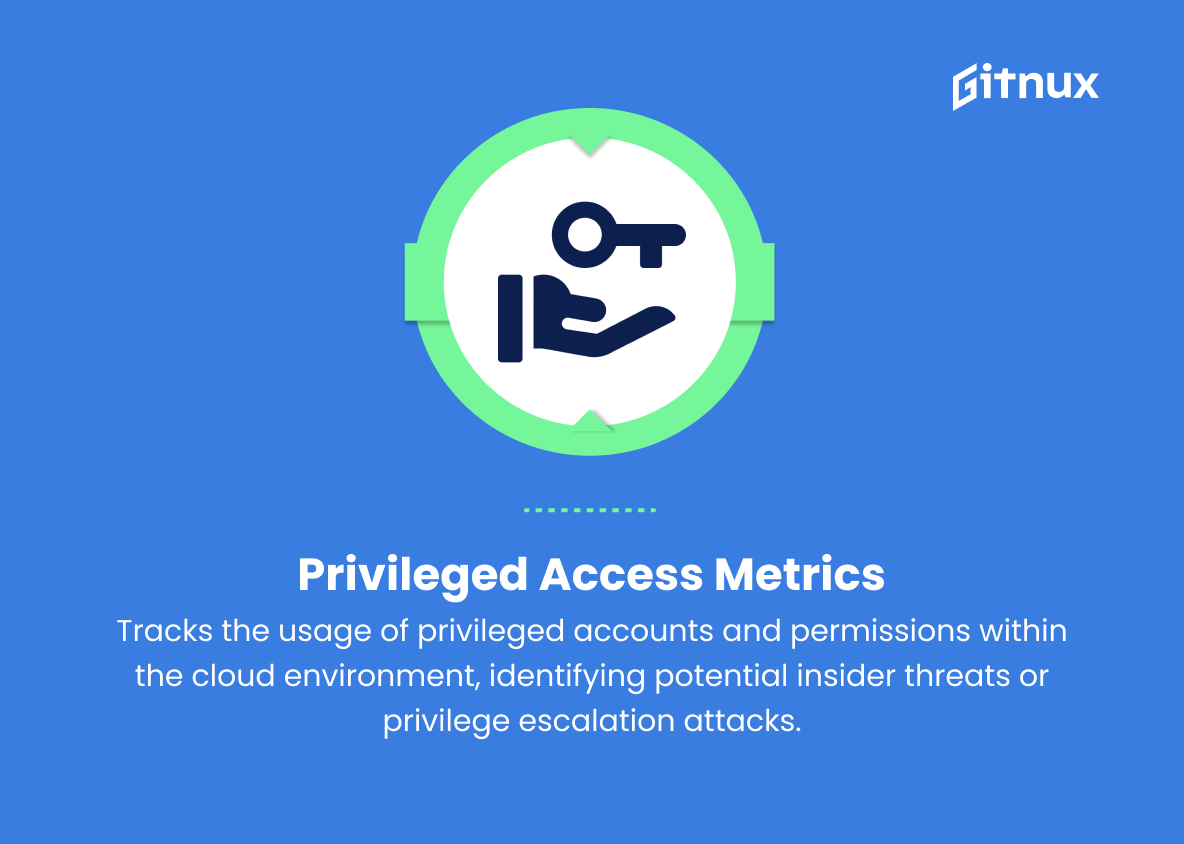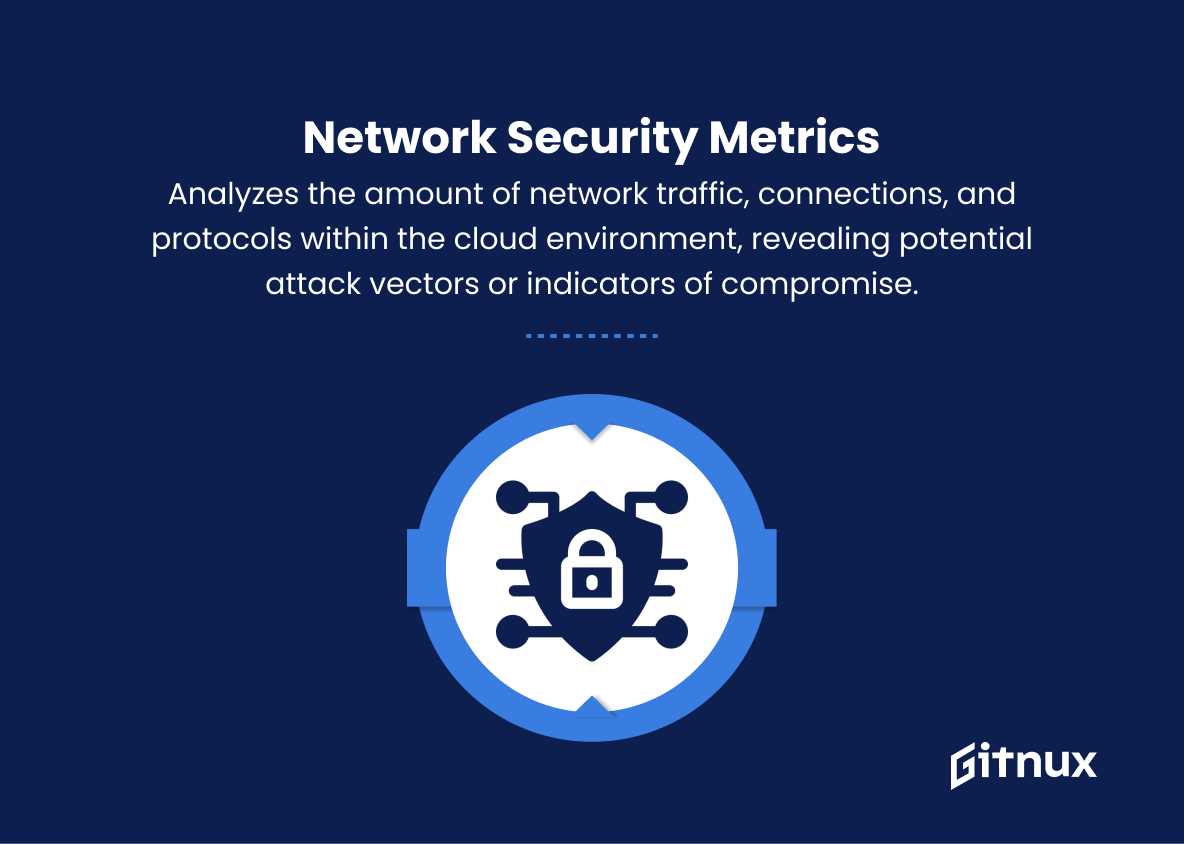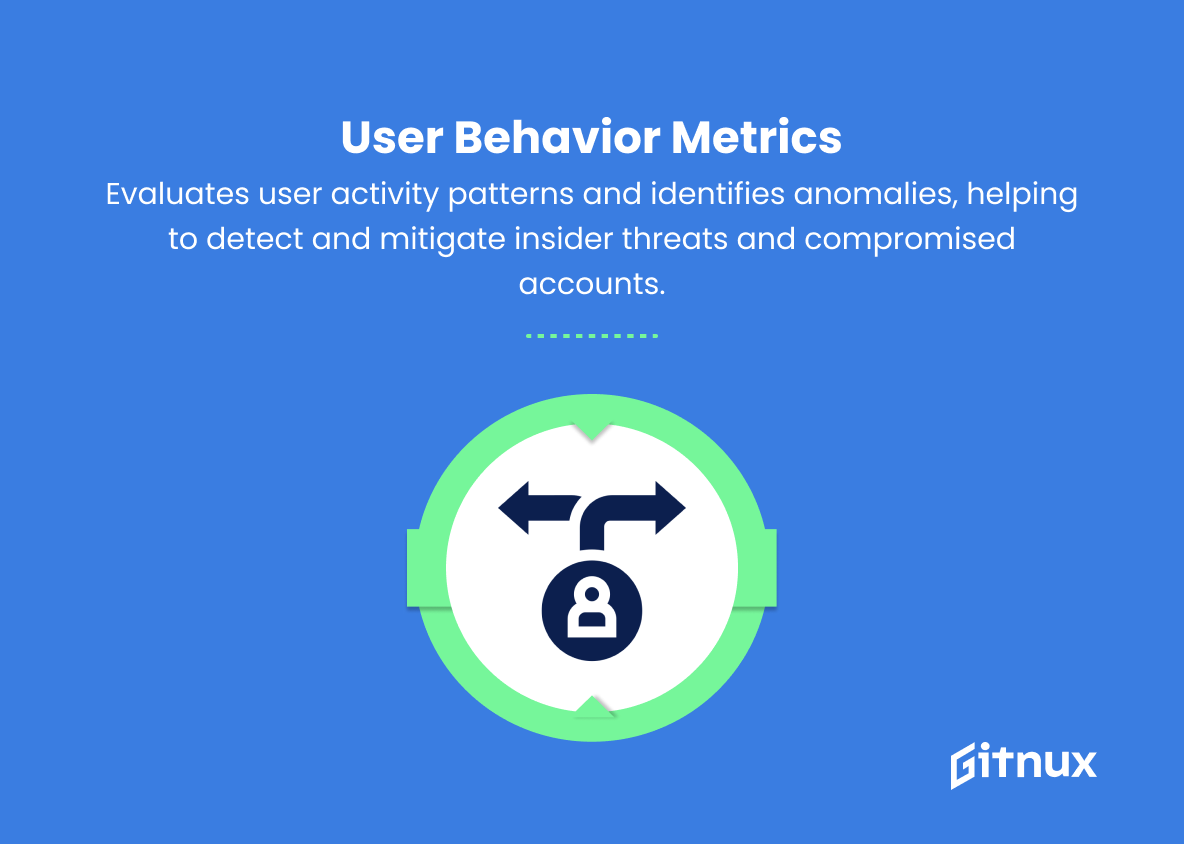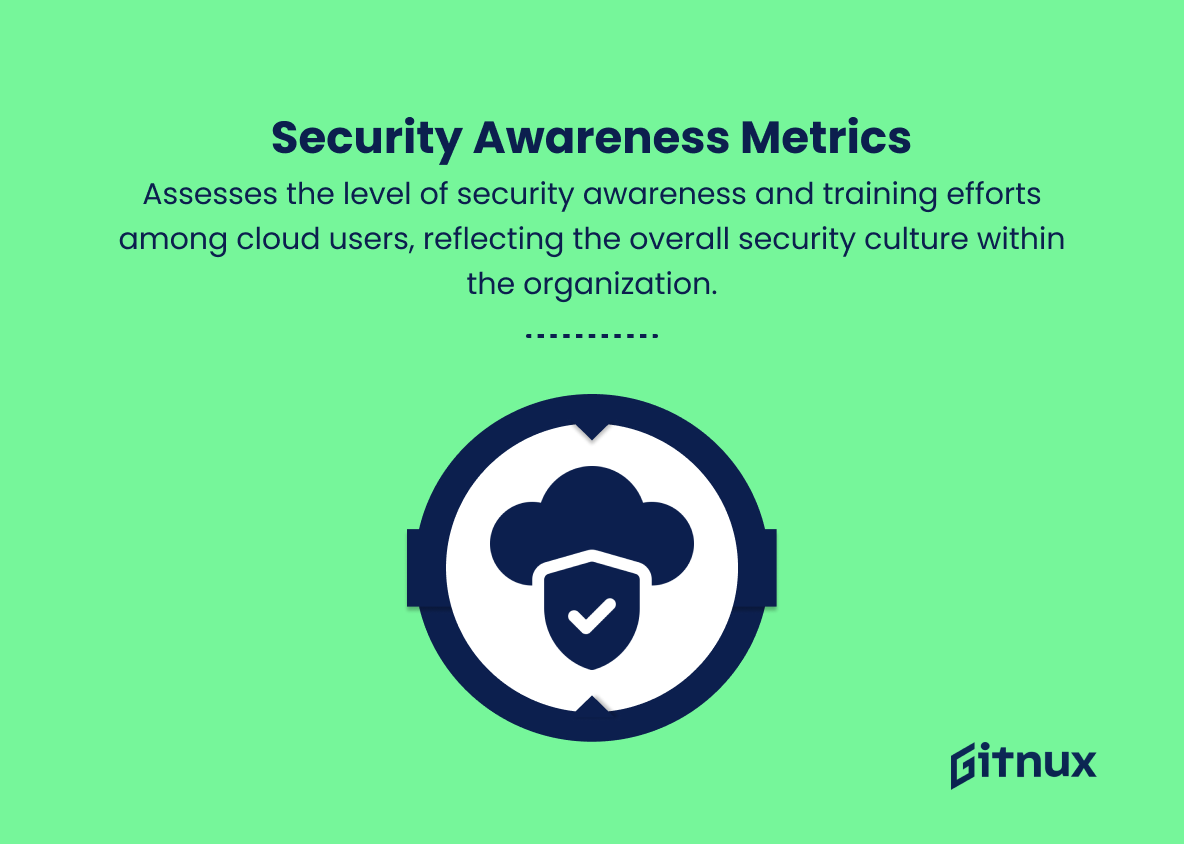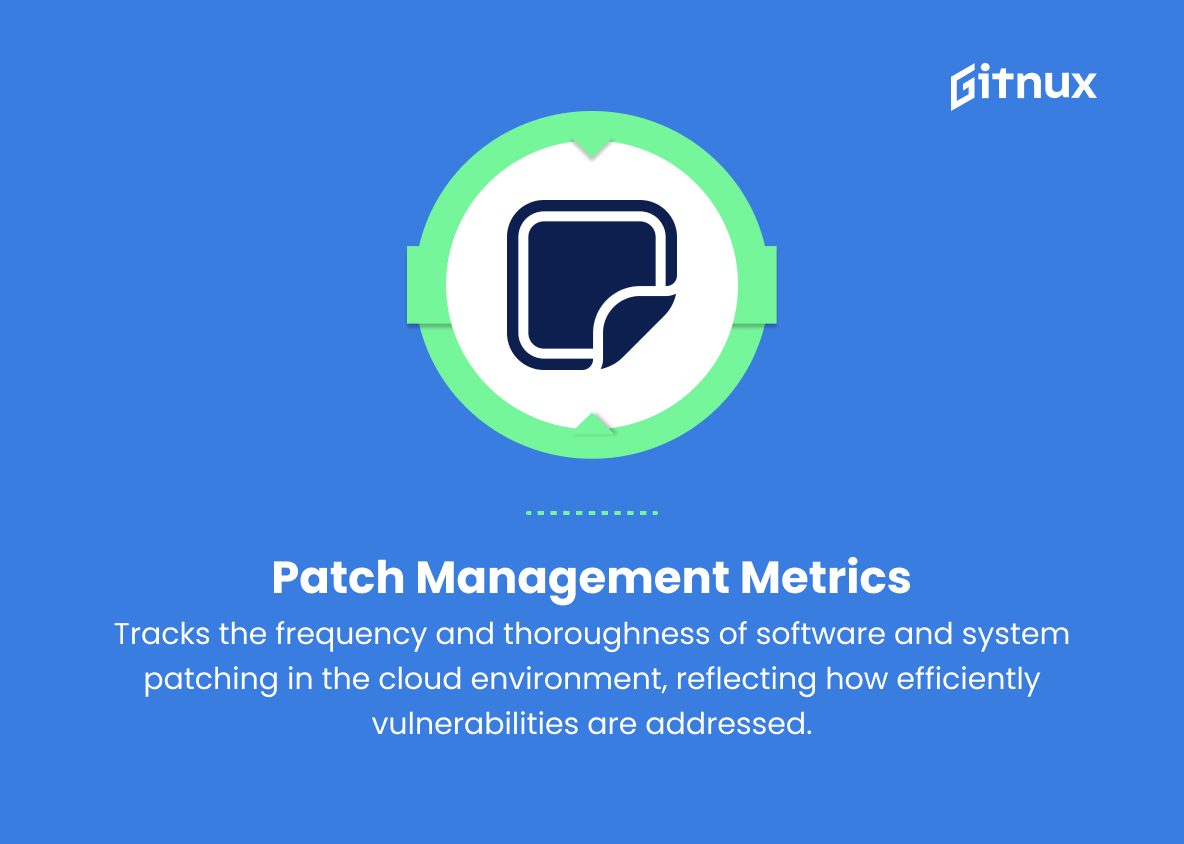In today’s rapidly evolving digital landscape, organizations are continuously embracing the power of cloud technology to improve their operational efficiency and competitiveness. As businesses migrate their critical data, applications, and infrastructures to the cloud, the challenge of maintaining robust security measures becomes increasingly more complex. Cloud security metrics are essential indicators that help organizations assess the effectiveness of their security policies and identify areas in need of improvement.
In this comprehensive blog post, we will delve into the key cloud security metrics that businesses should be monitoring, best practices for implementing them, and how they contribute to overall cyber resilience. By gaining a deeper understanding of these critical components, organizations can bolster their cloud defences and safeguard their digital assets from an ever-growing array of cyber threats.
Cloud Security Metrics You Should Know
1. Unauthorized Access Metrics
Measures the number of successful and unsuccessful unauthorized access attempts to cloud resources, indicating the effectiveness of access control mechanisms.
2. Data Breach Metrics
Tracks the number, scale, and impact of data breaches occurring in the cloud environment, illustrating the overall state of data security.
3. Encryption Metrics
Monitors the proportion of encrypted data or the number of encrypted connections in the cloud, which indicates the level of data protection.
4. Compliance Metrics
Evaluates the extent to which cloud security practices comply with industry standards, regulations, and policies, determining adherence to data protection requirements.
5. Vulnerability Metrics
Counts the number of detected vulnerabilities in cloud resources, reflecting the need for vulnerability management and patching policies.
6. Incident Response Metrics
Measures the time taken and effectiveness of responses to security incidents and alerts, which helps evaluate the efficacy of the incident response plan.
7. Configuration Management Metrics
Assesses how frequently cloud resource configurations are reviewed, updated, and audited, reflecting adherence to best practices and risk mitigation.
8. Identity and Access Management Metrics
Monitors the creation, modification, and removal of user accounts and roles, reflecting secure access control and account hygiene.
9. Privileged Access Metrics
Tracks the usage of privileged accounts and permissions within the cloud environment, identifying potential insider threats or privilege escalation attacks.
10. Network Security Metrics
Analyzes the amount of network traffic, connections, and protocols within the cloud environment, revealing potential attack vectors or indicators of compromise.
11. DDoS Defense Metrics
Quantifies the effectiveness and readiness against distributed denial-of-service attacks, highlighting potential weaknesses or areas for improvement.
12. User Behavior Metrics
Evaluates user activity patterns and identifies anomalies, helping to detect and mitigate insider threats and compromised accounts.
13. Data Leakage Metrics
Measures the frequency and volume of data leaving the cloud environment without proper authorization, emphasizing the effectiveness of data exfiltration defenses.
14. Security Awareness Metrics
Assesses the level of security awareness and training efforts among cloud users, reflecting the overall security culture within the organization.
15. Patch Management Metrics
Tracks the frequency and thoroughness of software and system patching in the cloud environment, reflecting how efficiently vulnerabilities are addressed.
By monitoring and analyzing these metrics, organizations can gain insight into their cloud security posture and make more informed decisions about resource allocation and risk management.
Cloud Security Metrics Explained
Cloud security metrics are essential for organizations to effectively manage and evaluate the security posture of their cloud environments. They allow organizations to gauge the effectiveness of their security controls, identify vulnerabilities, and address potential risks. Unauthorized Access Metrics provide insights into the strength of access control mechanisms, while Data Breach Metrics shed light on data security. Encryption Metrics show the level of data protection, and Compliance Metrics determine adherence to data protection requirements. Vulnerability Metrics enable timely vulnerability management, while Incident Response Metrics assess the efficacy of response plans.
Configuration Management Metrics ensure adherence to best practices, while Identity and Access Management Metrics maintain secure access control. Privileged Access Metrics help identify potential insider threats, and Network Security Metrics reveal potential attack vectors. DDoS Defense Metrics highlight areas for improvement, while User Behavior Metrics help detect compromised accounts.
Data Leakage Metrics emphasize the effectiveness of data exfiltration defenses, Security Awareness Metrics reflect the organization’s security culture, and Patch Management Metrics reveal the efficiency of addressing vulnerabilities. Overall, these metrics support informed decision-making in resource allocation and risk management within organizations utilizing cloud infrastructure.
Conclusion
As the world continues to rely heavily on cloud-based services and infrastructure, it is crucial to ensure that the security of these systems is a top priority. Cloud security metrics give businesses and IT professionals the tools they need to effectively measure, analyze, and proactively manage the security posture of their cloud environments. By closely monitoring key security indicators like compliance, incidents, vulnerabilities, and user behavior, organizations can maintain a strong and secure cloud presence.
Ultimately, the success of cloud security strategies hinges on the adoption of well-designed metrics, continuous monitoring, and regular adjustments based on the insights gained. By making data-driven decisions and staying vigilant, businesses can operate with confidence in the cloud, reaping the myriad of benefits that this technology revolution provides, while safeguarding their critical assets and data.

